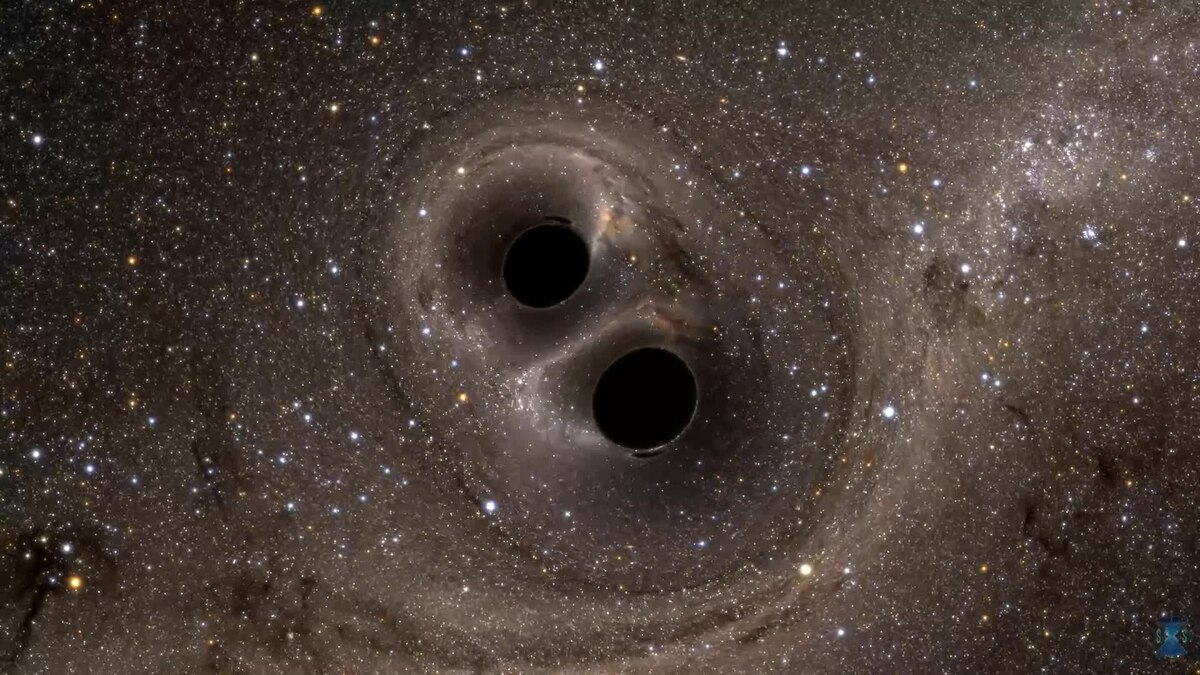Q: When is the destruction or creation of a universe or timeline ranked as Low 2-C (Universe level+)?
A: As the [[Tiering_System#Low_2-C:_Universe_level+|Tiering System]] specifies, the affected area either has to be a large four dimensional space, be [[Tiering_System_FAQ#Q:_What_is_qualitative_superiority?|qualitatively superior]] to three dimensional spaces or, most commonly, be an entire space-time continuum.
The latter means that all of the three-dimensional space of the universe has to be destroyed or created, at each moment in time. I.e. the entire timeline has to be destroyed.
Note that only direct destruction or creation qualifies. Just destroying the universe at the beginning of time and the rest vanishing due to the resulting causality paradox does not meet the requirements and would only be ranked as 3-A (Universe level).
For Tiering in regard to creating the Big Bang see [[Big Bang|here]]. Note that for creation feats additional considerations should be taken into account, as explained [[Creation Feats|here]].
Q: What is the Tier for destroying or creating several timelines?
A: As the [[Tiering_System#2-C:_Low_Multiverse_level|Tiering System]] specifies, destroying or creating multiple timelines or space-time continuums is usually ranked between 2-C and 2-A, depending on the number of timelines involved.
However, there are two edge cases, which require particular considerations.
First, note that in our terms a universe, and hence also space-time continuums and timelines, always includes all of the three dimensional space that can be reached from it. That is to say, any place that can theoretically be reached via regular three-dimensional movement alone (e.g. via spaceflight) would be considered as part of the same universe, and hence timeline, regardless of whether the fiction considers it as such. Traveling from one universe to another should only by possible via portals, higher-dimensional movement, teleportation or other unusual means of transportation.
Per default universes are assumed to have separate three-dimensional spaces, but should a piece of fiction demonstrate the opposite destruction of several timelines connected in such a way would only be Low 2-C (Universe level+).
Second, is the case of timelines that at certain points are connected. Contrary to the case where one can always travel from one universe to the other via three-dimensional movement, it is only possible in those at certain times. In fact, at certain points in time they might be the same universe. E.g. if a timeline branches into two, then the timelines were the same universe before the branch split happened. Other way around, if two timelines get merged into one, then they are the same universe only after they were fused.
In those cases, the destruction of any one timeline is only counted if it was not connected to any other timeline for an infinite amount of time. Other way around, if there are several timelines none of which were separate for an infinite amount of time, they would all be counted as just one timeline for the purpose of Tiering their destruction or creation.
Note that timelines, per default, are assume to be infinitely long i.e. it’s assumed that there is no end to time. Hence, unless the contrary are shown, the destruction of timelines that branch out from each other, and then never merge together again, would still be ranked between 2-C and 2-A (depending on the amount).
The underlying idea behind all of that is that each timeline that is counted should still be a large four dimensional object, as that’s the fundamental criteria to qualify for those tiers.
Note that, once again, only direct destruction or creation qualifies. Just destroying the universe at the beginning of time and the timeline(s) vanishing due to the resulting causality paradox does not meet the requirements. This, in particular, means that one needs to take care that if multiple timelines, which branch off from each other, are destroyed, that it is not done by just properly destroying one timeline and the rest getting paradoxed out of existence due to their mutual past getting destroyed. Whether or not that is likely to be the case is decided on case-by-case basis and depends on such things as the nature and depiction of the attacks.
Note that for creation feats additional considerations should be taken into account, as explained [[Creation Feats|here]].

